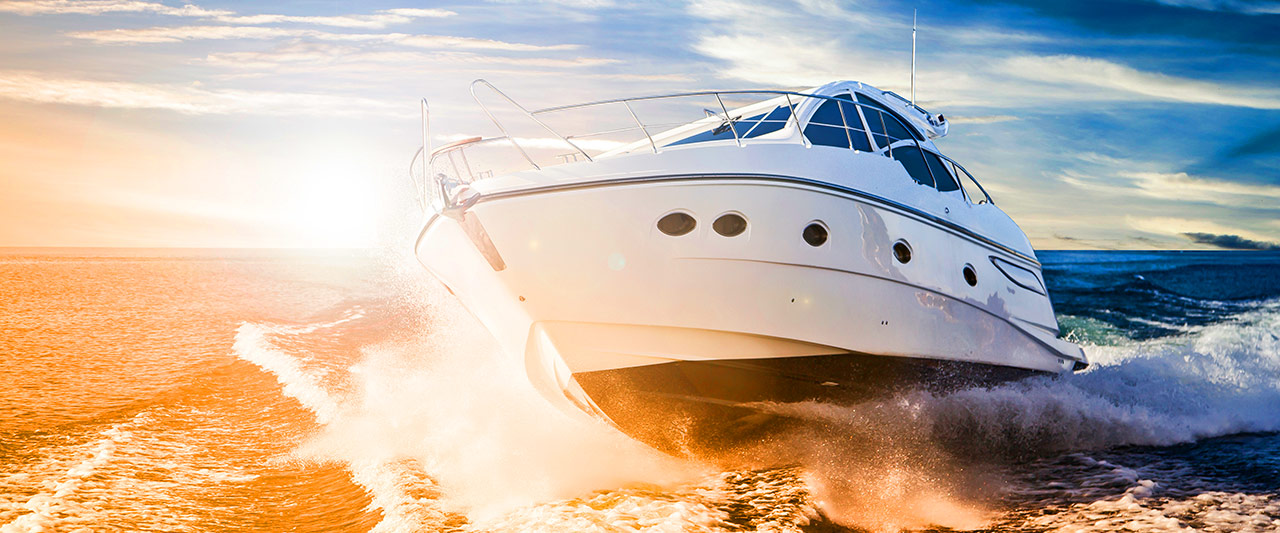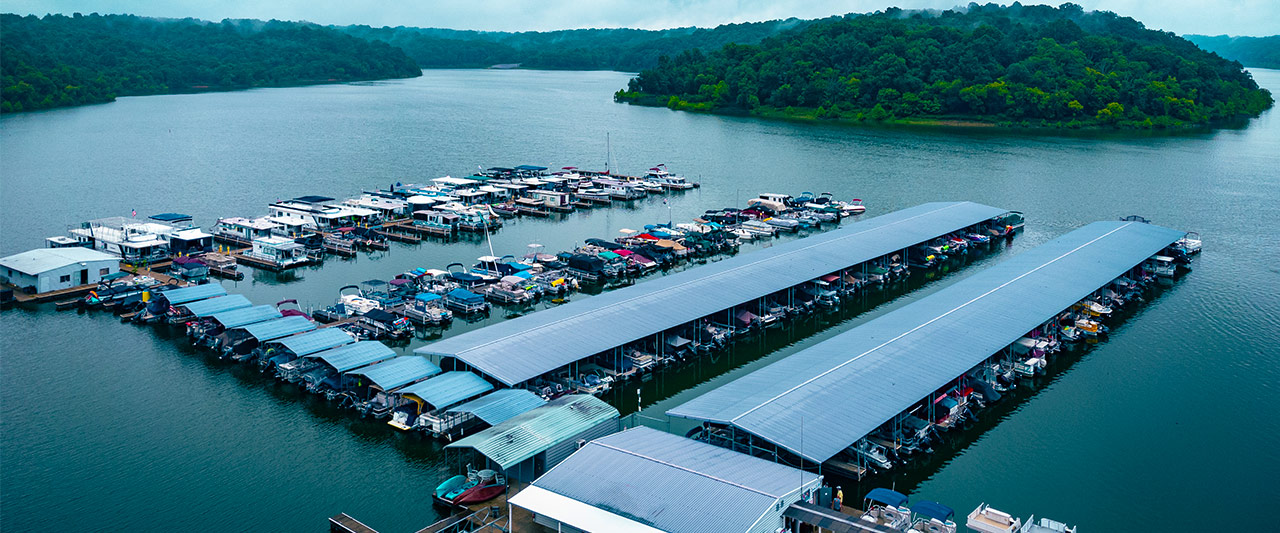
Historical Overview
Sources like Molo have influenced much of the historical context for marinas.
Boats have existed for millennia, with early uses focused on fishing and trade. As these industries grew, marinas eventually began to develop. It wasn’t until the medieval and Renaissance periods, when shipbuilding and navigation advancements spurred maritime activities, that the concept of boat slips for rent emerged.
The modern marina as we know it evolved in the 19th and 20th centuries as recreational boating gained popularity. The post-World War II era saw rapid growth in U.S. marinas, driven by rising demand and recognition of their economic potential. Governments and private investors began expanding marina services to include fuel sales, repair services, dining options, and short-term rentals. More recently, advancements in technology — such as modern boat design and navigation systems — have made marinas dynamic social hubs for both locals and tourists.
Environmental awareness has also become a critical focus in marina design and operations. Many marinas are now subject to regulations from governing bodies like the Army Corps of Engineers, the Tennessee Valley Authority, and the Lower Colorado River Authority. These organizations enforce shoreline protection and environmental standards, making it essential for marina operators to maintain connections with the appropriate authorities to ensure compliance and foster positive relations with local communities.
Numerous associations, such as the Association of Marina Industries, serve the recreational boating community and provide resources for marina operators, manufacturers, and boat owners. Prospective investors are encouraged to explore resources from these associations to understand the industry’s dynamics better.
The Current Marina Market: Key Statistics
The U.S. marina market has experienced significant growth and remains highly profitable. Here are some noteworthy statistics:
- There are over 10,400 marinas in the U.S., generating $6.5 billion in annual revenue.
- In 2022, the broader U.S. recreational boating industry was valued at $230 billion, with an anticipated compound annual growth rate (CAGR) of 8.69% from 2022 to 2028.
- The marina occupancy rate remains high, with approximately 70% of marinas at 95% occupancy or higher.
- Since 2020, 800,000 first-time boat owners have been partially driven by the pandemic’s impact on lifestyle preferences.
- The boat market is projected to grow from $17.31 billion in 2022 to $38.54 billion by 2028.
- Every year, about 100 million Americans participate in boating activities, with the marina industry boasting an average profit margin of 18.2%.
Despite these promising numbers, a single entity does not dominate the U.S. marina industry. The largest operator owns just over 150 marinas, representing only 1.6% of the market. The top two operators own less than 2.5% of U.S. marinas, leaving nearly 96% available for new investors, funds, and syndications.
High Barrier to Entry: Marinas as an Investment
Successful marina management requires navigating substantial entry barriers, which can create advantages for those experienced in the field. High barriers deter competition, allowing seasoned operators to guide their companies’ strategic direction and retain control over profits.
Key factors contributing to the high entry barrier include:
- Complex Business Model & Seasonality: Marinas rely on numerous revenue streams and operate in a seasonal business cycle. Efficient management of cross-trained personnel is essential to keep staffing costs aligned with seasonal demand, requiring careful hiring of qualified staff.
- Expensive Acquisitions: Marinas are costly investments, often requiring substantial loans. Few banks are willing to finance marinas due to limited experience with the asset class, meaning investors must often qualify independently for substantial funding.
- Legal Complexity: Marina acquisitions involve complex legal structures, including seller conditions, LLC or asset purchases, 1031 exchange funds, limited partners, and accredited investor requirements. There are also easements, jurisdictional issues, lease agreements, and potential liens. Managing these legal details requires professional expertise, which can increase acquisition costs.
- Environmental Considerations: Balancing environmental responsibilities with profitability is crucial. Expanding marinas by adding boat slips, RV pads, or camping spots can boost income but must align with local environmental regulations, including fuel management, erosion prevention, and wildlife conservation.
In summary, marina investments are best suited for experienced managers with a strong grasp of operational complexities and compliance requirements. The management team is critical in ensuring a marina’s success, which is a core component of our investment strategy. If you are interested in learning more about how our South Silver Group Recreational Fund can help diversify your portfolio and compound your capital’s growth, let us know at investing@southsilvergroup.com or schedule a chat with Jay at your convenience.









